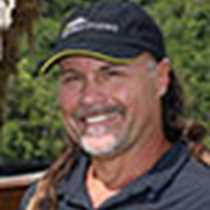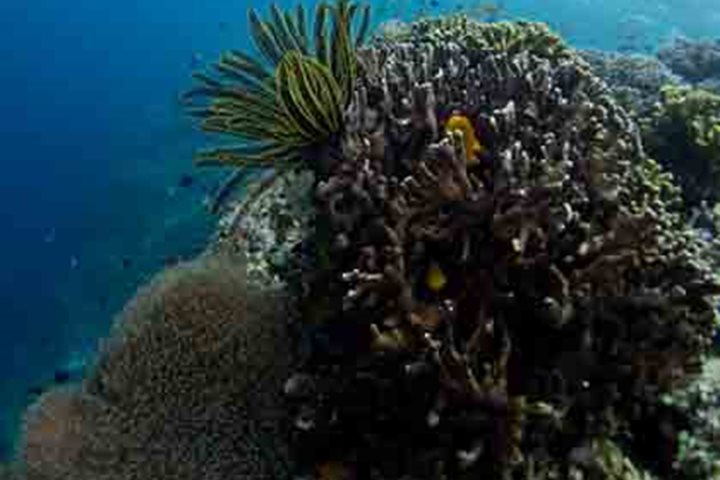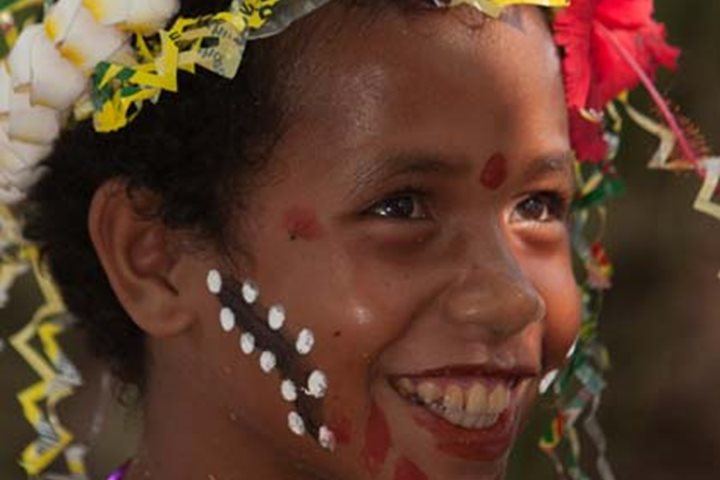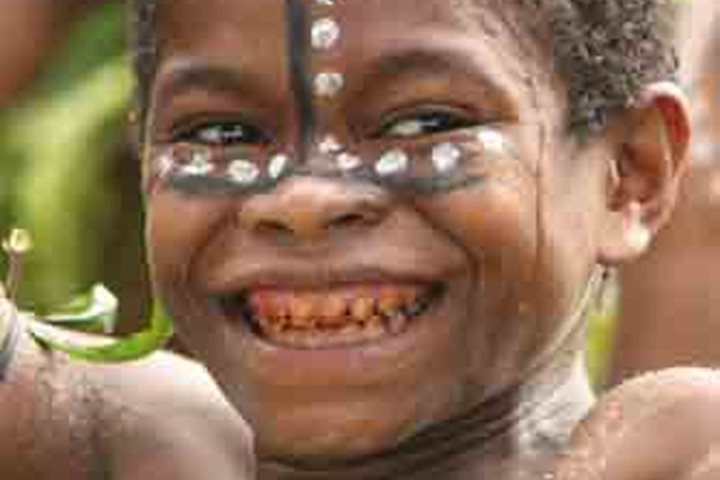We awoke this morning with fond memories of the Asmat people and their remote villages among the tidal mangroves of Southern New Guinea. A day at sea offered time to reflect on the warmth, hospitality, and unique culture of this remote corner of Western Papua.
The National Geographic Orion pushed forward through heavy seas with massive waves breaking against the bow. The usual comradery on the observation deck was replaced with coffee and conversation in the lounge as we prepared ourselves for a day of lectures from our global speakers. The day’s education included perspectives on pelagic sea birds, tropical cetaceans, photographic story-telling, and the WWII battles fought in and around New Guinea. James Bradley, author of Flags of our Fathers, described Australia’s role in the fight to save Port Moresby along the now famous Kokoda track.
As we motored towards the shallow seas of the Torres Straits, thoughts and conversations drifted towards the pre-history of the Autro-Papuan region. Just 12,000 years ago the two land masses of New Guinea and Australia were connected by a land bridge forming the ancient continent of Sahul. This now submerged avenue formerly allowed both man and the animals to cross from one land mass to the other, linking the two disparate worlds. As we steam ever closer to Port Moresby one can’t help but wonder about the forgotten footsteps, fossils, and treasures submerged below the shallows of the Arafura Sea.







